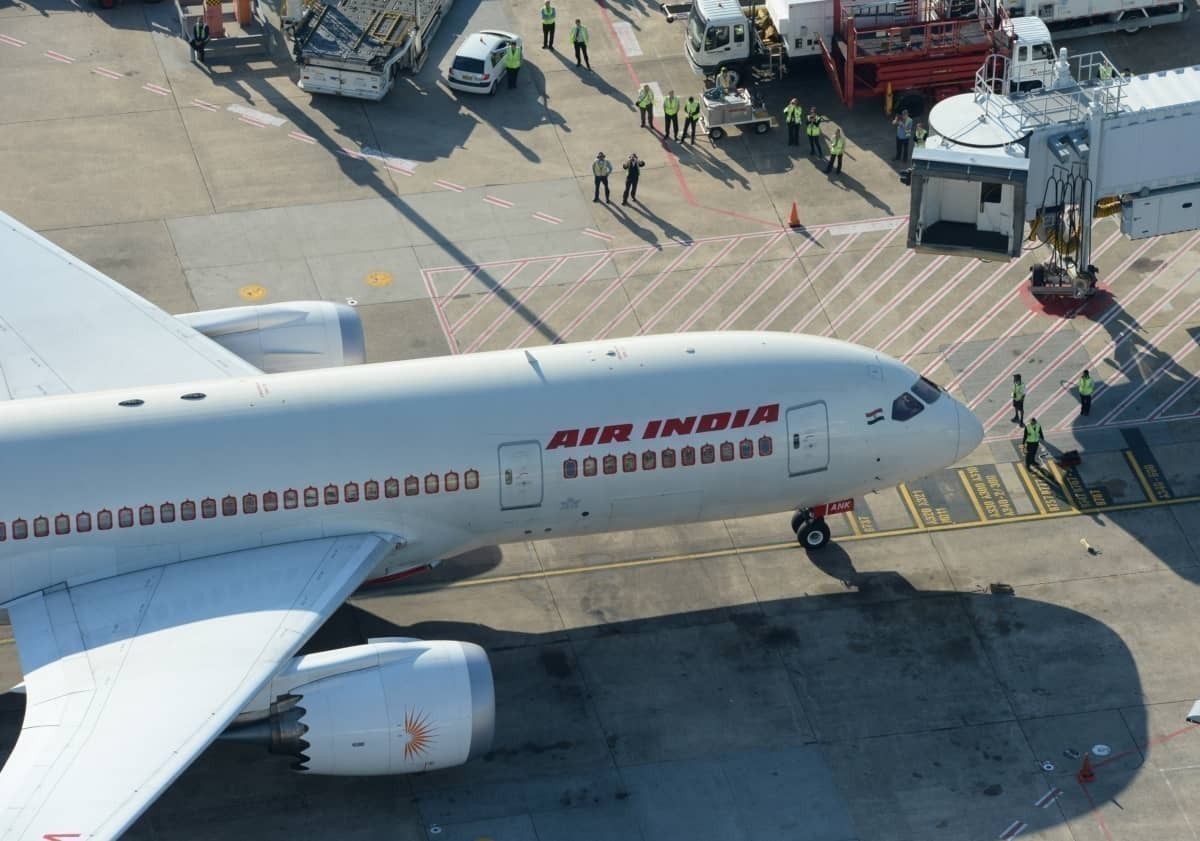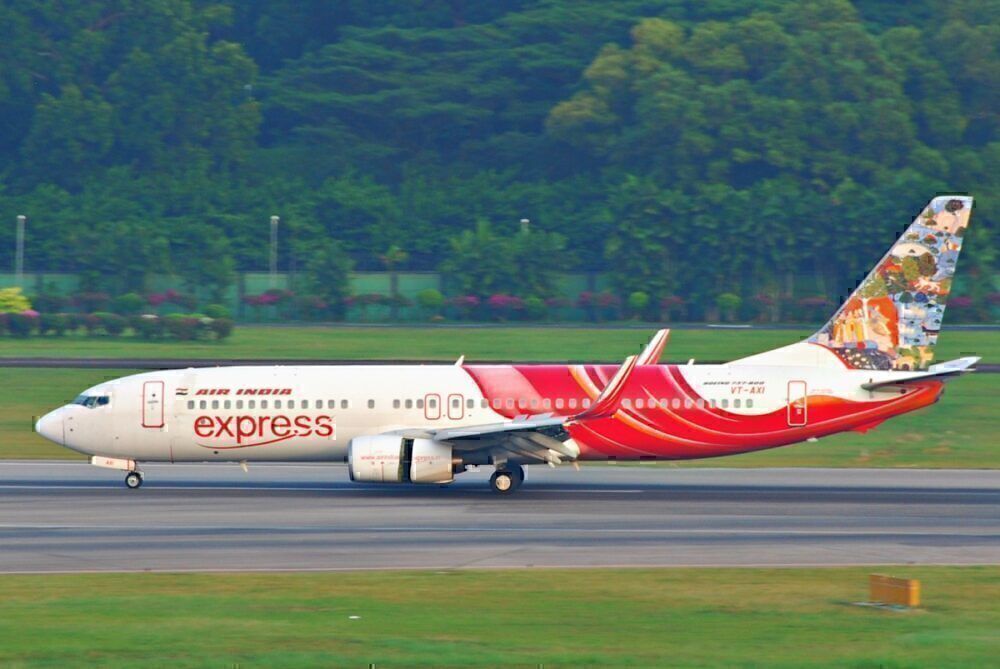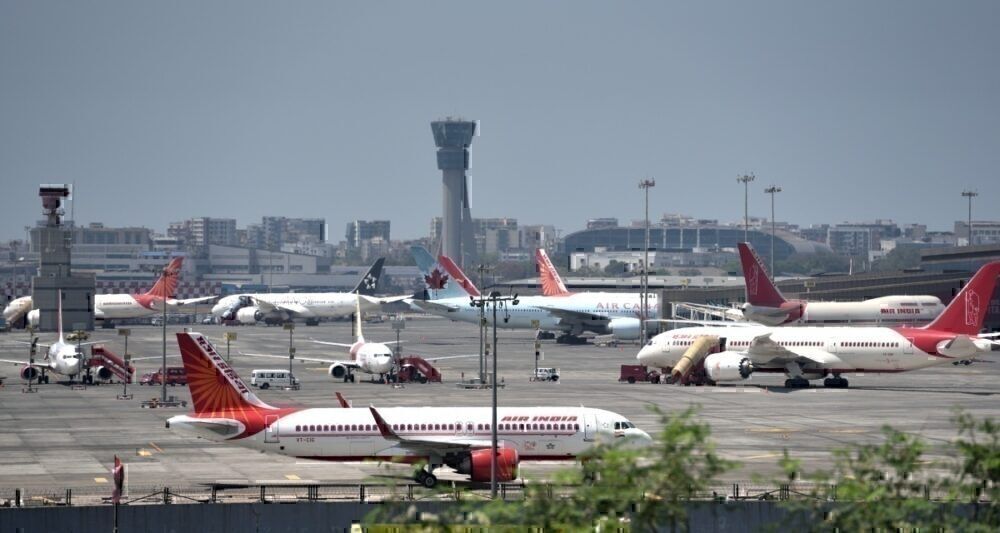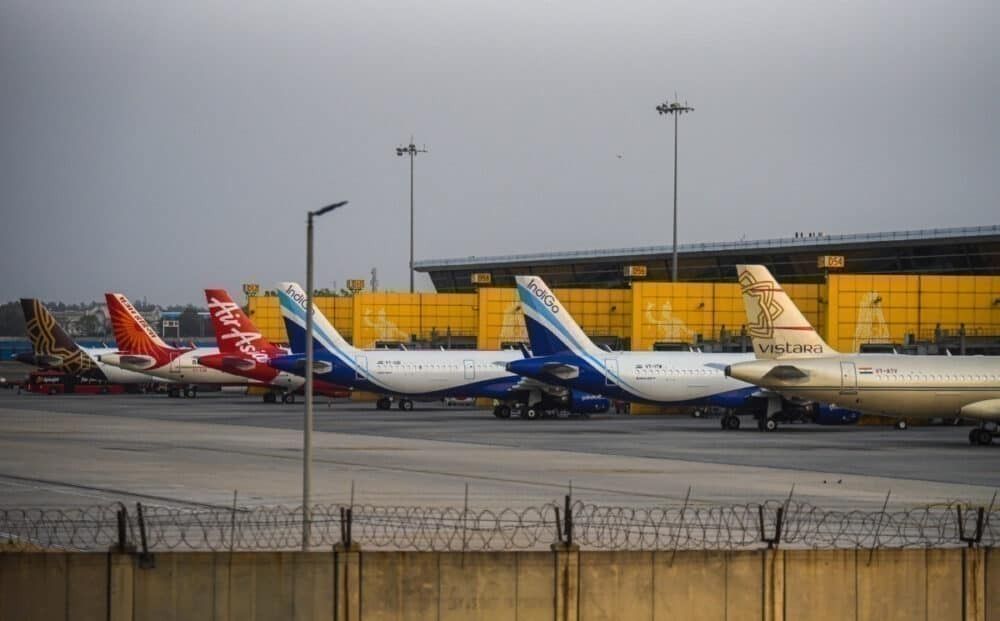Now in its 6th phase, the Vande Bharat Mission (VBM) has brought home nearly 500,000 Indians on flights from around the world since May. With scheduled flights still banned, thousands are still relying on these repatriation flights to get home. However, with travel bubbles also now in place, what is the update on the Vande Bharat Mission?
Flights continue
The Vande Bharat Mission has rapidly scaled up operations since it kicked off in May. The first phase saw just 64 flights, operated by Air India, bringing home 13,000 passengers. Now, over 4,000 passengers are returning on VBM flights every day on various Indian carriers. For many, VBM remains the only option to travel to or from India.
Stay informed: Sign up for our daily aviation news digest.
The primary recipient of VBM flights remains the Middle East, with countries such as the UAE, Qatar, Saudi Arabia, and Bahrain seeing multiple weekly flights. This is primarily driven by the massive Indian population in these countries, and more recently, also the demand for Indians to return to these countries for work.
All Air India flights, whether part of the travel bubble or not, are tagged as Vande Bharat flights. The 6th Phase, lasting from September 1st to October 24th, will see nearly 1,000 flights from all over the world, operated by Air India and private carriers such as IndiGo, Vistara, SpiceJet, and GoAir. There will be nearly 145 flights to the US alone and hundreds more to the Middle East.
Air India will operate flights to countries where it does not travel agreements in place, mostly to bring citizens home. Australia, Philipines, Hong Kong (after its ban), and Singapore will all see flights, all of which are in huge demand right now.
Competition on routes
The start of travel bubbles with other countries has eaten into Air India's Vande Bharat monopoly. Agreements are now in place with the US, France, Kuwait, Qatar, UK, Canda, Germany, and more. All of these agreements allow for foreign carriers from the respective countries to resume flights.
These agreements have helped passengers a lot, many of whom were unable to get flights for months, but has forced Air India to cut its high prices to stay competitive. Vande Bharat Mission flights to these countries remain, but only due to the ban on scheduled flights. For all intents and purposes, passengers can fly any approved carrier back to India if they have an agreement with India.
Rescue flights remain essential
Despite the start of international flights by other carriers, India's Vande Bharat Mission remains essential for many. Both private carriers and Air India have been flying to countries with closed borders just to rescue stranded citizens.
For instance, there are currently no airlines operating flights to East Asia other than Air India. This means anyone wishing to travel to or from the region must book one of the few seats available with Air India. This makes these flights highly essential until flights are resumed.
As time goes on, India is looking to establish more travel bubbles with countries. This will slowly reopen the door to international flights and help more passengers get home. However, without scheduled international flights, India will continue to rely on the Vande Bharat Mission.
Have you taken a Vande Bharat flight? How was your experience? Let us know in the comments.




